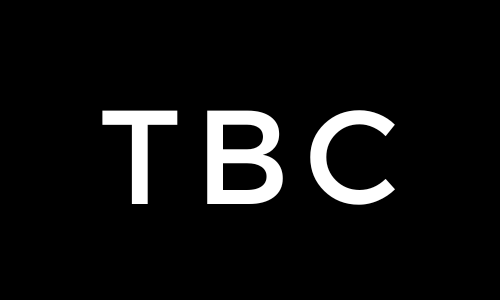When I first started blogging, I had no idea how much impact SEO could have. Without a second thought, I’d add photos to my posts, not realizing how small details like captions or keywords could boost my blog’s visibility. Over time, I discovered that optimizing photos makes it easier for Google to understand my content, helping more readers find my posts.
By making simple tweaks, such as choosing descriptive file names and adding captions, you can make your blog images work for you, improving search visibility and user engagement. Here are some key strategies to make your blog post photos SEO-friendly from the start.
1. Choose Descriptive, Keyword-Rich File Names
Before uploading images, rename them with relevant, descriptive file names. Avoid generic names like “IMG1234.jpg”; instead, use names that reflect the image’s content, like “healthy-vegan-smoothie.jpg.” This helps search engines understand and index the image appropriately, boosting its relevance in search results.
2. Use Proper Alt Text
Alt text is critical for accessibility and SEO. It describes the image for visually impaired users and assists search engines in categorizing the content. Use concise yet descriptive phrases that include your target keywords. For instance, instead of just “cake,” try “sliced chocolate cake with strawberries.” This makes your content more accessible and helps it appear in image searches.
3. Optimize Image File Sizes for Faster Load Times
Large image files can slow down your page, affecting both user experience and SEO. Compress images without sacrificing quality using tools like TinyPNG or JPEG-Optimizer. Choose the right format based on image type: JPEGs work well for photos, while PNGs are better for images with text or transparency. Consider using WebP format for smaller file sizes with high quality, though be aware of potential browser compatibility issues.
4. Implement Responsive Images
Responsive images automatically adjust to fit various screen sizes, making your content accessible on both desktop and mobile devices. Using a WordPress plugin like “Smush” or custom CSS can help resize images dynamically, ensuring they look good on any device while reducing load times.
5. Enable Lazy Loading
Lazy loading delays the loading of images until they appear in the user’s viewport. This improves page speed and reduces initial load time, especially useful for pages with many images. Most WordPress themes and plugins like “WP Rocket” support this feature, making it easy to implement.
6. Add Structured Data with Image Sitemaps
Creating an image sitemap allows search engines to discover and index all images on your site, even if they are loaded dynamically. This can increase visibility in image searches. Use a plugin like Yoast SEO to generate a sitemap, or manually create one using XML format.
7. Use Unique, High-Quality Images
Use unique images rather than stock photos whenever possible, as search engines prioritize original content. If you need to use stock images, customize them with overlays or slight edits to give them a unique touch. Adding your logo, a border, or branded colors can also improve engagement and maintain brand consistency.
8. Incorporate Image Captions
Image captions provide context and engage users more effectively than image descriptions alone. Captions can help keep readers on your page longer, indirectly boosting SEO. Keep them short and relevant to the content.
9. Leverage Browser Caching for Faster Access
When you enable browser caching, visitors’ browsers store your images temporarily, which reduces load times on subsequent visits. This can be set up through plugins or by adjusting server settings, allowing your content to load faster, especially for returning visitors.
10. Add a CDN (Content Delivery Network) for Global Reach
A CDN distributes your images across servers worldwide, ensuring faster access by serving images from the server closest to the user’s location. This can drastically reduce load times and improve the user experience for international audiences. Popular CDN providers like Cloudflare and Amazon CloudFront integrate well with WordPress sites.
Conclusion
Optimizing your blog post images for SEO is a small task but can have a big impact on your blog’s visibility, search rankings, and reader experience. When you use descriptive file names, captions, and alt text, resize images for speed, and choose the right format, you’re helping search engines and readers understand and enjoy your content.
These little things add up over time and boost your blog’s SEO, bring in more traffic and keep visitors engaged. Every image you optimize increases your blog’s potential, so do it with every post and watch it make a difference – one image at a time.
Enjoyed this post? Share it with others! For more blogging and affiliate marketing tips, subscribe to our newsletter and never miss an update.
Discover more from The Blog Channel
Subscribe to get the latest posts sent to your email.
